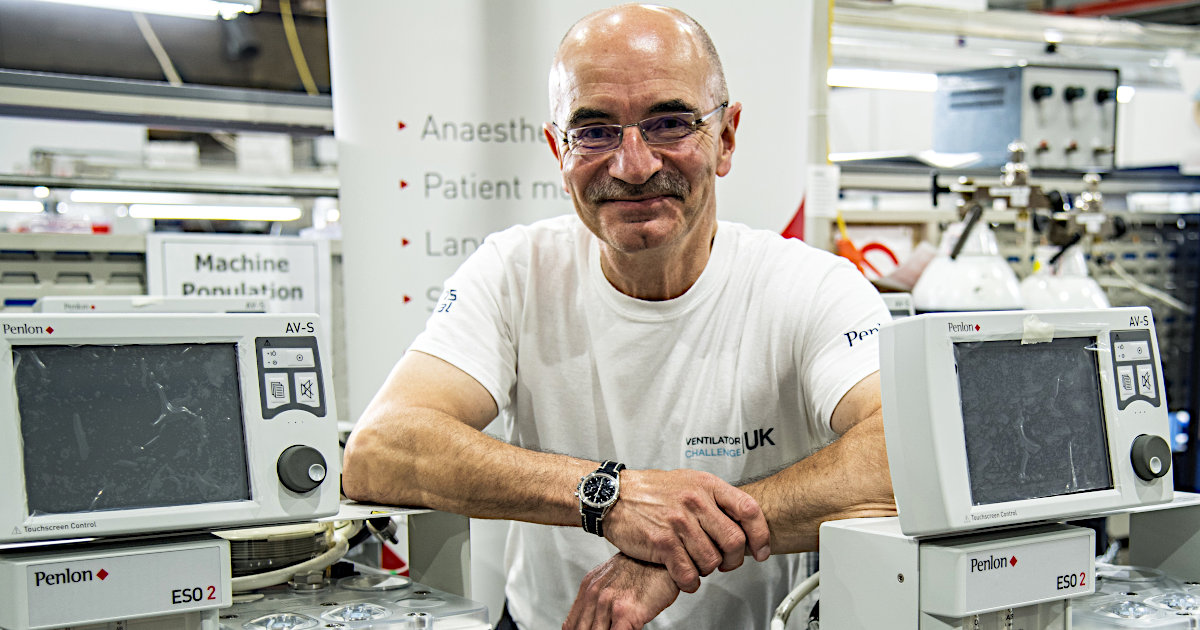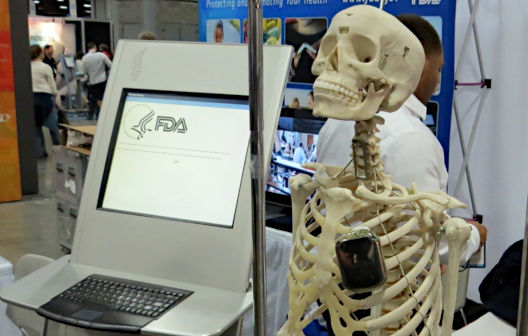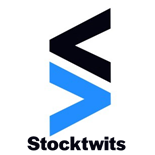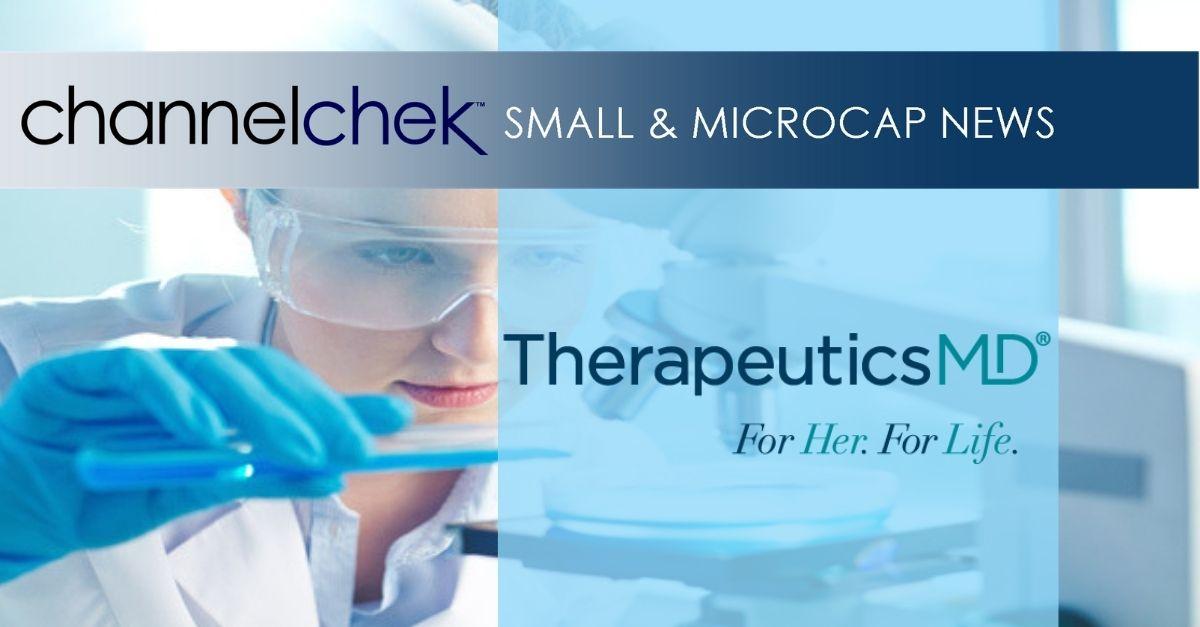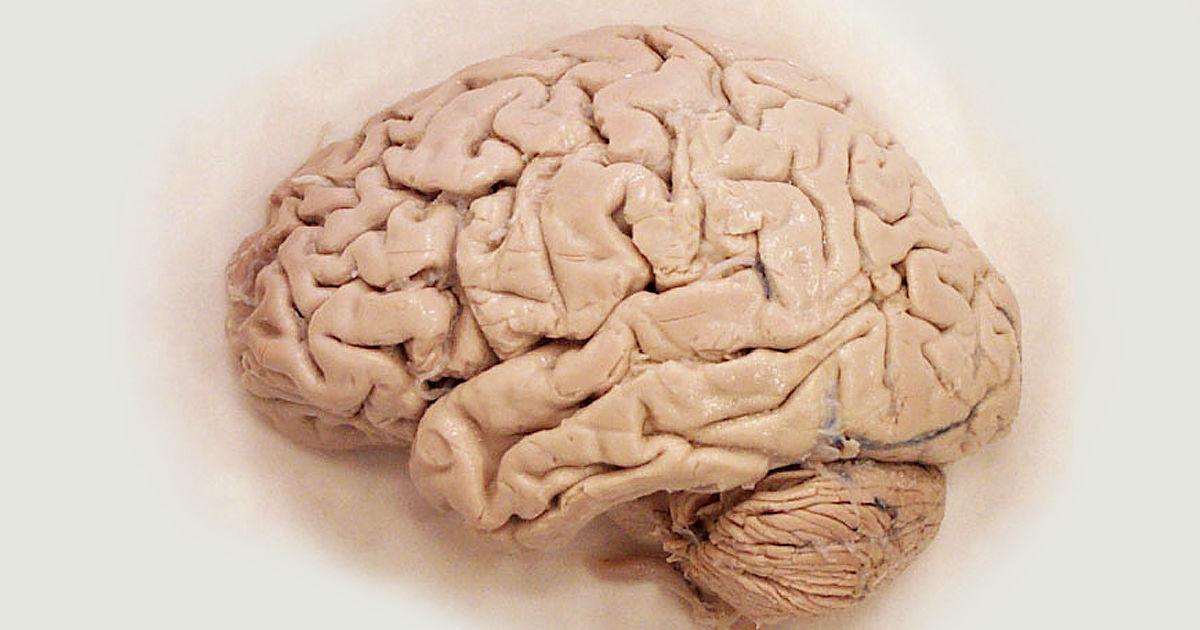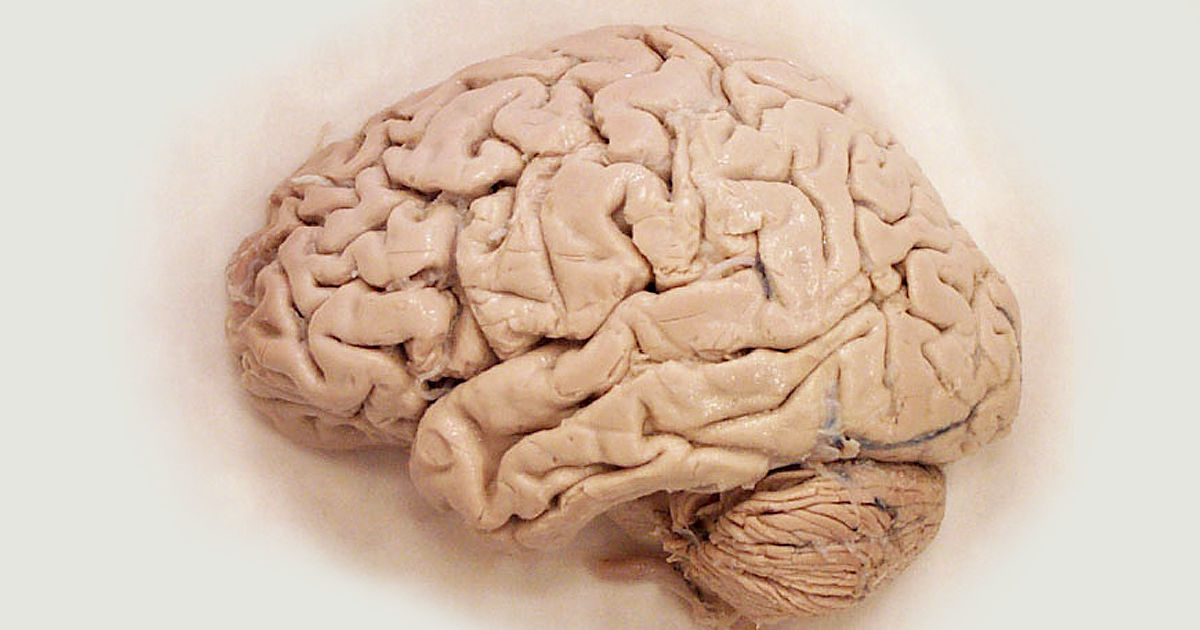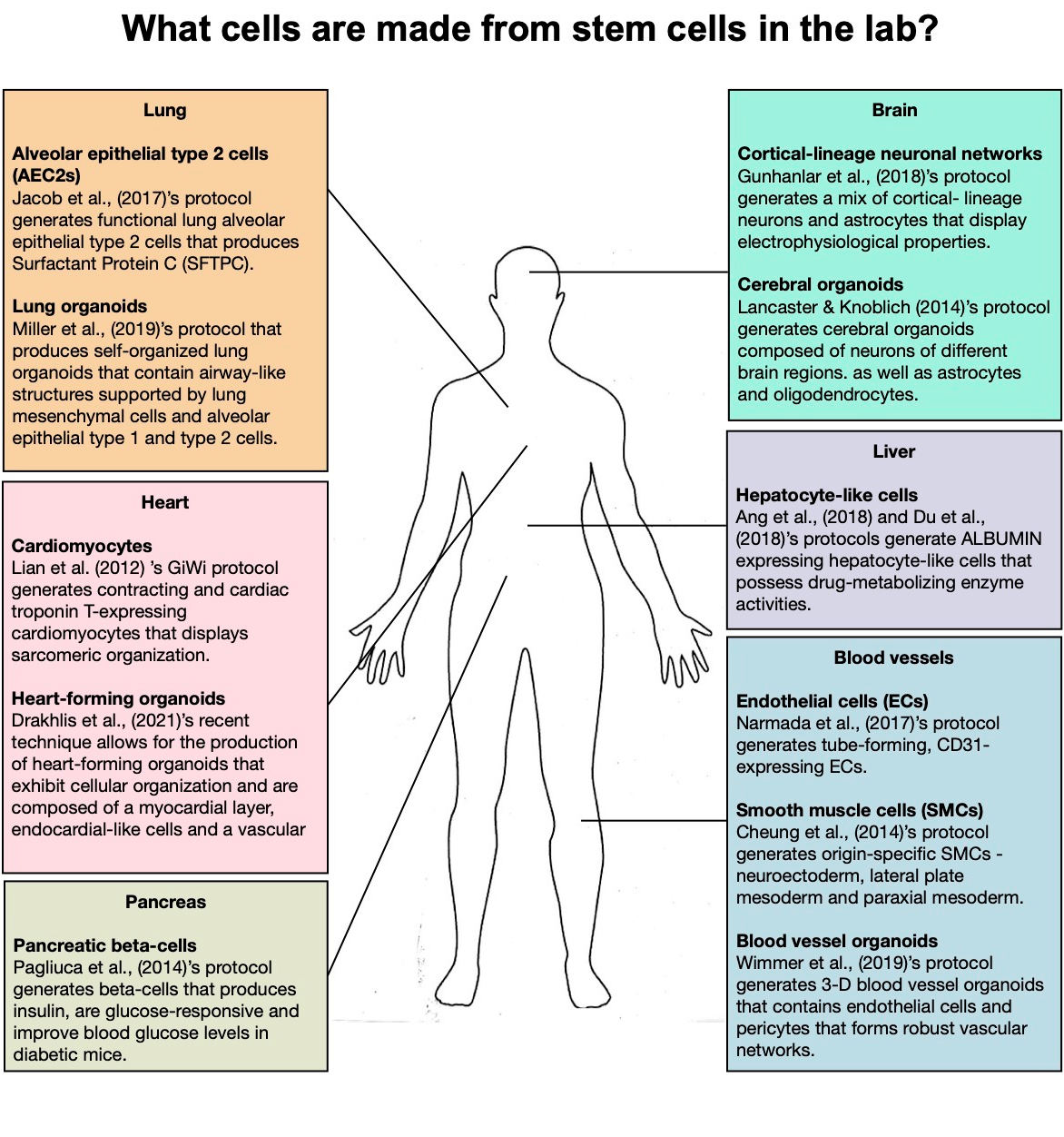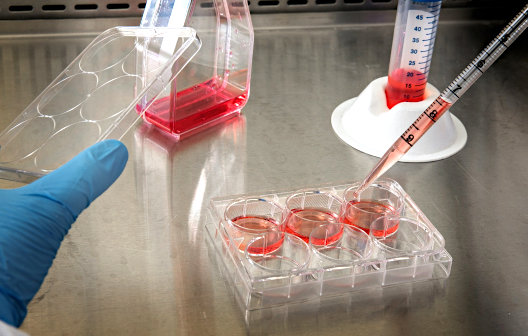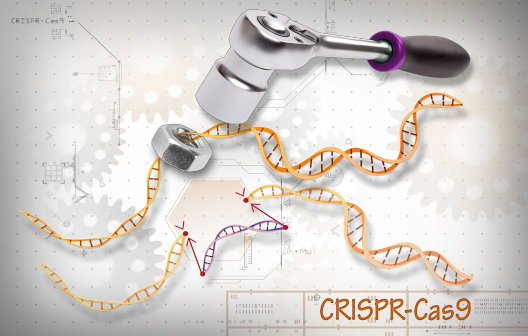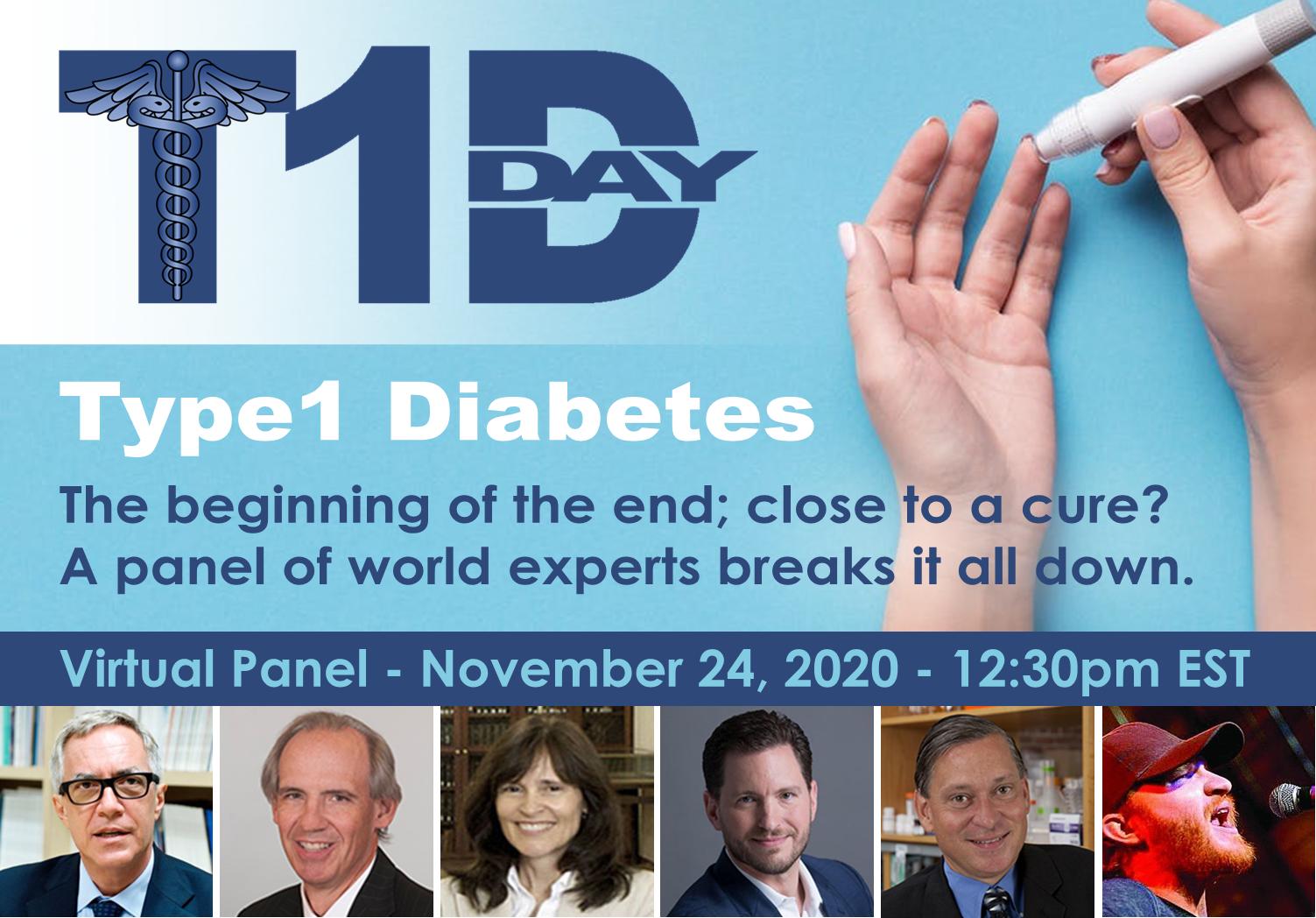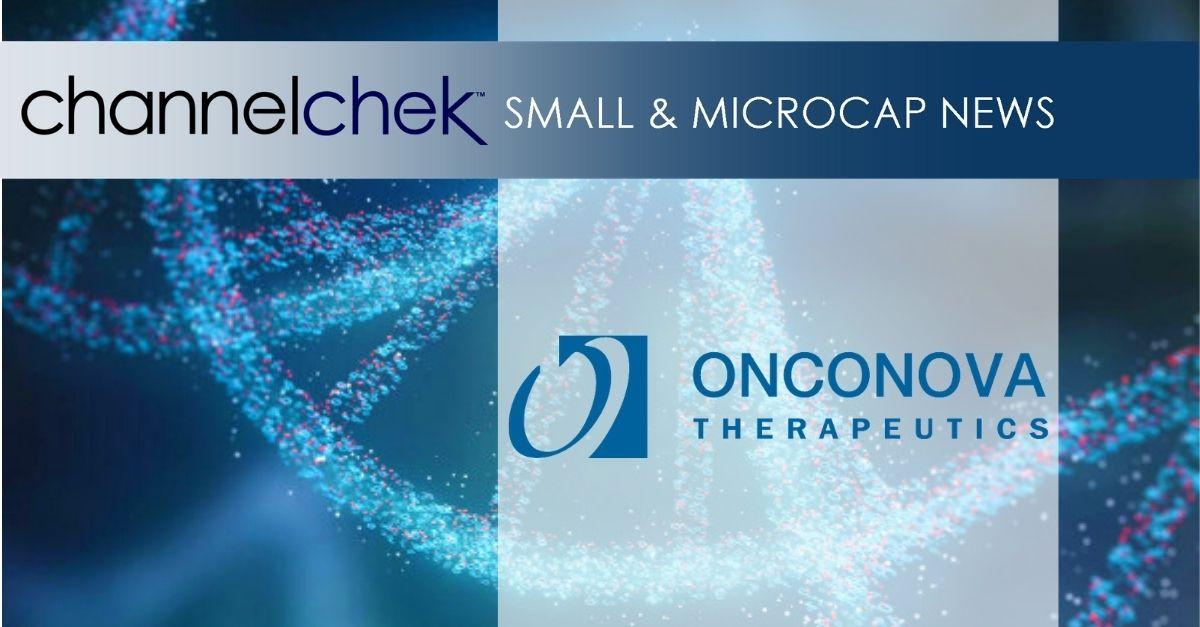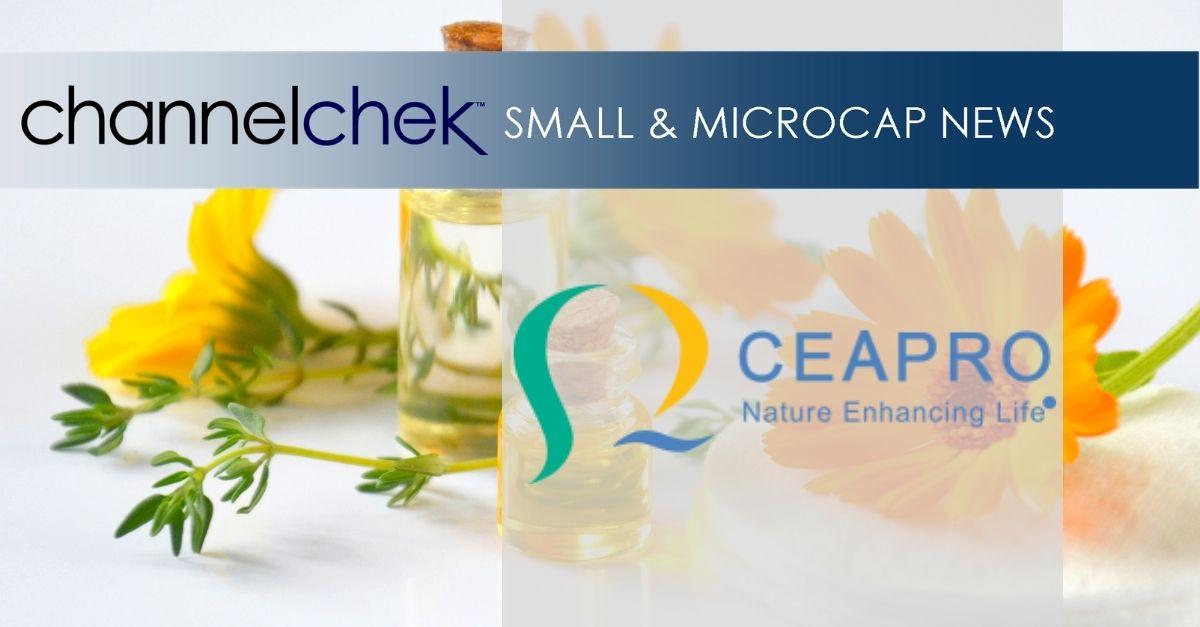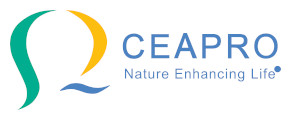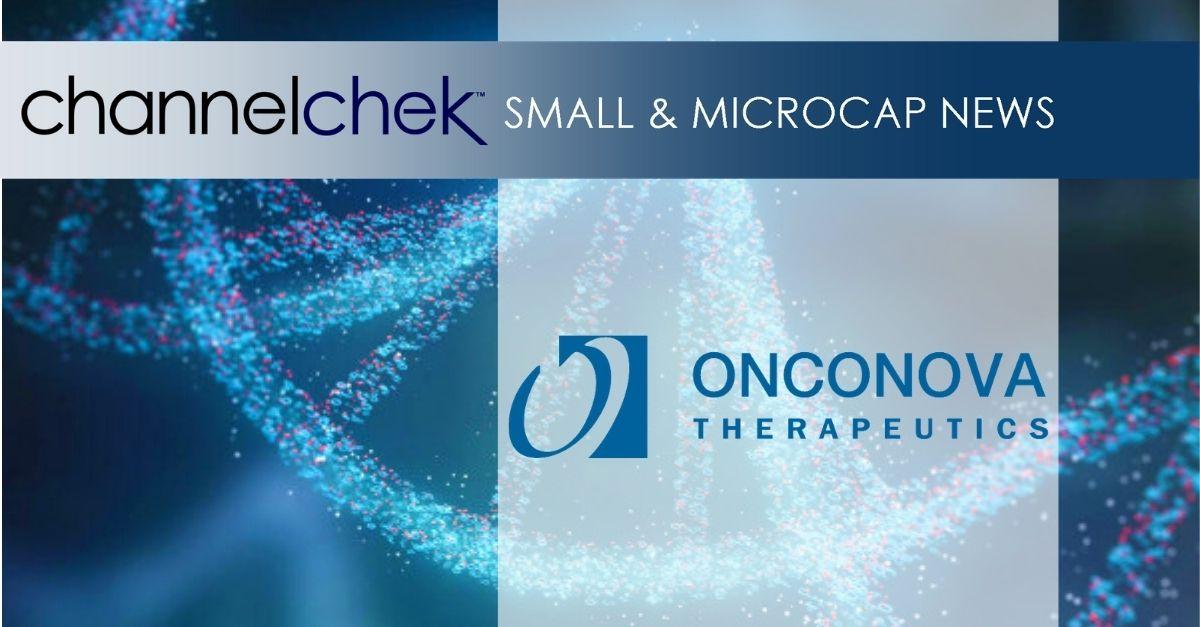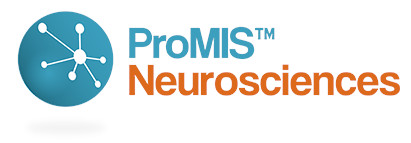
ProMIS Neurosciences initiates commercialization of COVID-19 serology assay
Seasoned industry executive and entrepreneur, Owen Dempsey to lead the effort for ProMIS
TORONTO, Ontario and CAMBRIDGE, Massachusetts – May 25, 2021– ProMIS Neurosciences, Inc. (TSX: PMN); (OTCQB: ARFXF), a biotechnology company focused on the discovery and development of antibody therapeutics selectively targeting toxic oligomers implicated in the development of neurodegenerative diseases, today announced that it has initiated commercialization of its COVID-19 serology assay and has appointed Owen Dempsey to lead the commercialization program.
Owen’s professional work for the past 25 years has been to build companies founded to discover and commercialize antibodies in applications including life science research, pharmaceutical drug discovery, clinical diagnostics and therapeutic treatment of cancer, AIDS and other serious illness. He has led private, venture-backed as well as NASDAQ-listed companies and is a past board member of ALDA, the Analytical, Life Science & Diagnostics Association.
“I am delighted to lead this opportunity on behalf of ProMIS Neurosciences”, stated Owen Dempsey. “Our serology assay commercialization efforts will be targeting the need for a highly accurate test to detect, quantify and characterize antibodies against the virus causing COVID-19, either as a consequence of contracting the viral disease or in response to vaccination. Our initial focus will be on commercialization to the medical and public health community, vaccine developers, pharmaceutical companies, governmental agencies and other organizations.”
This advanced serology test developed by ProMIS Neurosciences measures not only serum antibodies to SARS-CoV-2, the novel coronavirus causing COVID-19, but also their protective activity against infection. The assay simultaneously assesses antibody levels in the blood of study participants and their neutralizing activity against the original strain of SARS-CoV-2 as well as emerging variants. Additional variants can be added to the assay as they are identified. The assay utilizes an advanced, high-throughput, sensitive and accurate surface plasmon resonance (SPR) technology as opposed to traditional ELISA (enzyme-linked immunosorbent assay) methods.
In commercializing an advanced serology testing platform, we aim to meet the needs of the medical community and investigators in academia, industry and government working to assess response and durability of response to vaccines as well as to monitor and assess antibody response to emerging strains of the virus.. As reported in the scientific literature, our accurate and sensitive format is capable of measuring neutralizing antibodies that inhibit coronavirus RBD binding to the human ACE2 receptor. This provides a powerful surrogate measure of antibody immunity without the need for live virus or pseudovirus formats. This and similar collaborative efforts may help to guide the need for boosters or modified vaccines addressing emerging strains and will inform the medical community’s preparedness to meet similar public threats to global health in the years ahead.
It is important to note, as stated above that the initial marketing and commercialization of the assay will be directed only to organizations such as vaccine manufacturers, pharmaceutical companies and government organizations at the national and state/provincial level. The assay is not currently available to private individual consumers or the general public.
About ProMIS Neurosciences, Inc.
ProMIS Neurosciences, Inc. is a development stage biotechnology company focused on discovering and developing antibody therapeutics selectively targeting toxic oligomers implicated in the development and progression of neurodegenerative diseases, in particular Alzheimer’s disease (AD), amyotrophic lateral sclerosis (ALS) and Parkinson’s disease (PD). The Company’s proprietary target discovery engine is based on the use of two complementary techniques. The Company applies its thermodynamic, computational discovery platform -ProMIS and Collective Coordinates – to predict novel targets known as Disease Specific Epitopes on the molecular surface of misfolded proteins. Using this unique approach, the Company is developing novel antibody therapeutics for AD, ALS and PD. ProMIS is headquartered in Toronto, Ontario, with offices in Cambridge, Massachusetts. ProMIS is listed on the Toronto Stock Exchange under the symbol PMN, and on the OTCQB Venture Market under the symbol ARFXF.
For further information about ProMIS Neurosciences, please consult the Company’s website at: www.promisneurosciences.com
Follow us on Twitter
Like us on LinkedIn
For Investor Relations please contact:
Alpine Equity Advisors
Nicholas Rigopulos, President
nick@alpineequityadv.com
Tel. 617 901-0785
The TSX has not reviewed and does not accept responsibility for the adequacy or accuracy of this release. This information release contains certain forward-looking information. Such information involves known and unknown risks, uncertainties and other factors that may cause actual results, performance or achievements to be materially different from those implied by statements herein, and therefore these statements should not be read as guarantees of future performance or results. Specifically, the Company’s effort to commercialize its COVID-19 serology assay may not succeed due to many known and unknown factors, including the emergence of competing products, lack of market acceptance for its test, the cost of production relative to the revenue generated, and/or changes in the need for COVID-19 serology tests. All forward-looking statements are based on the Company’s current beliefs as well as assumptions made by and information currently available to it as well as other factors. Readers are cautioned not to place undue reliance on these forward-looking statements, which speak only as of the date of this press release. Due to risks and uncertainties, including the risks and uncertainties identified by the Company in its public securities filings, actual events may differ materially from current expectations. The Company disclaims any intention or obligation to update or revise any forward-looking statements, whether as a result of new information, future events or otherwise.



